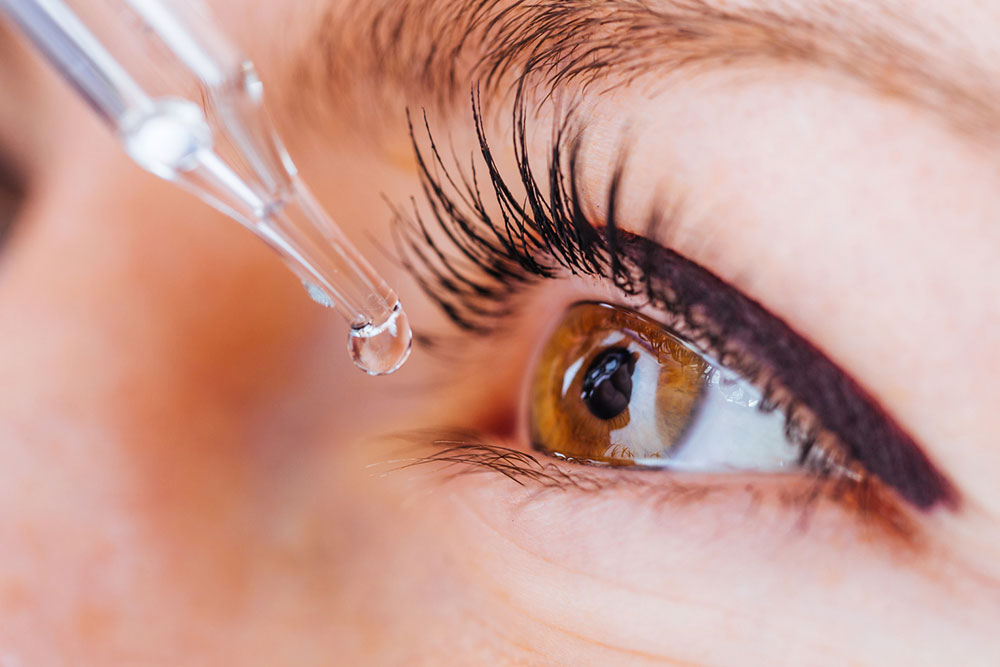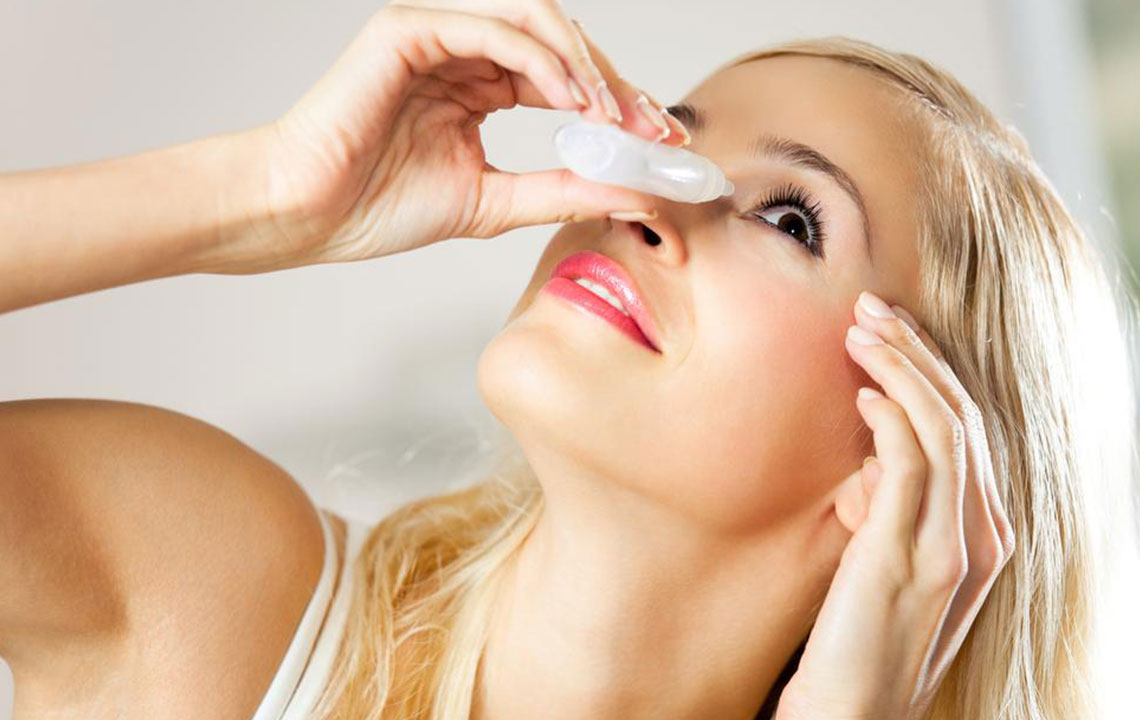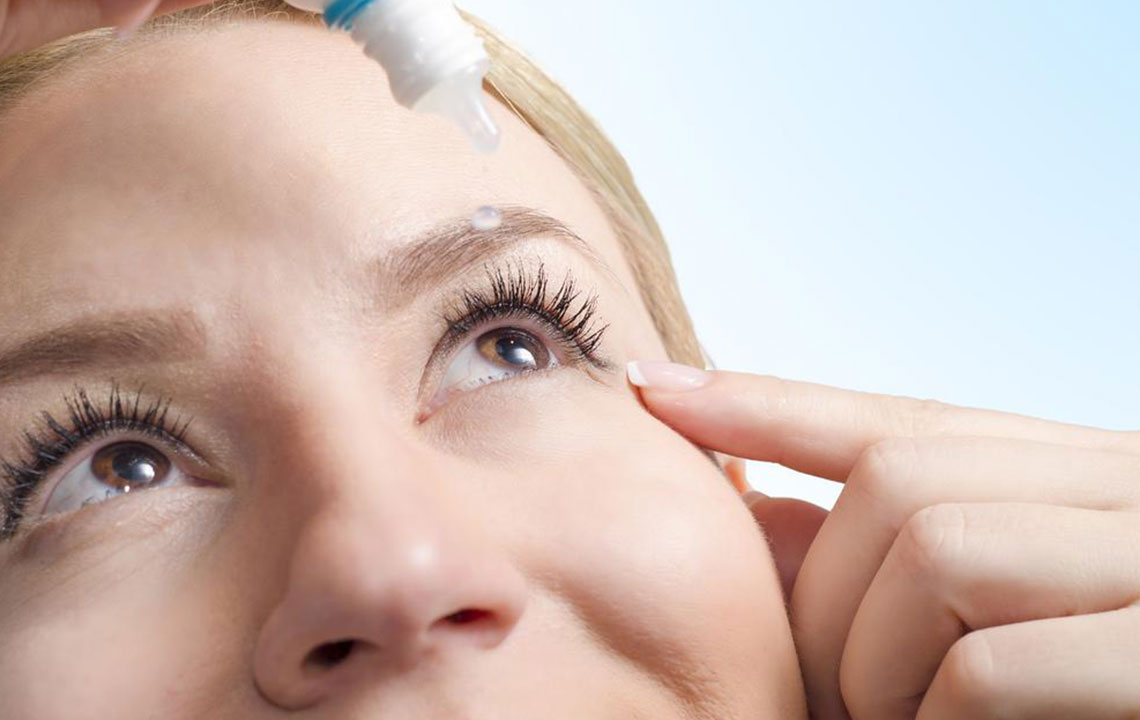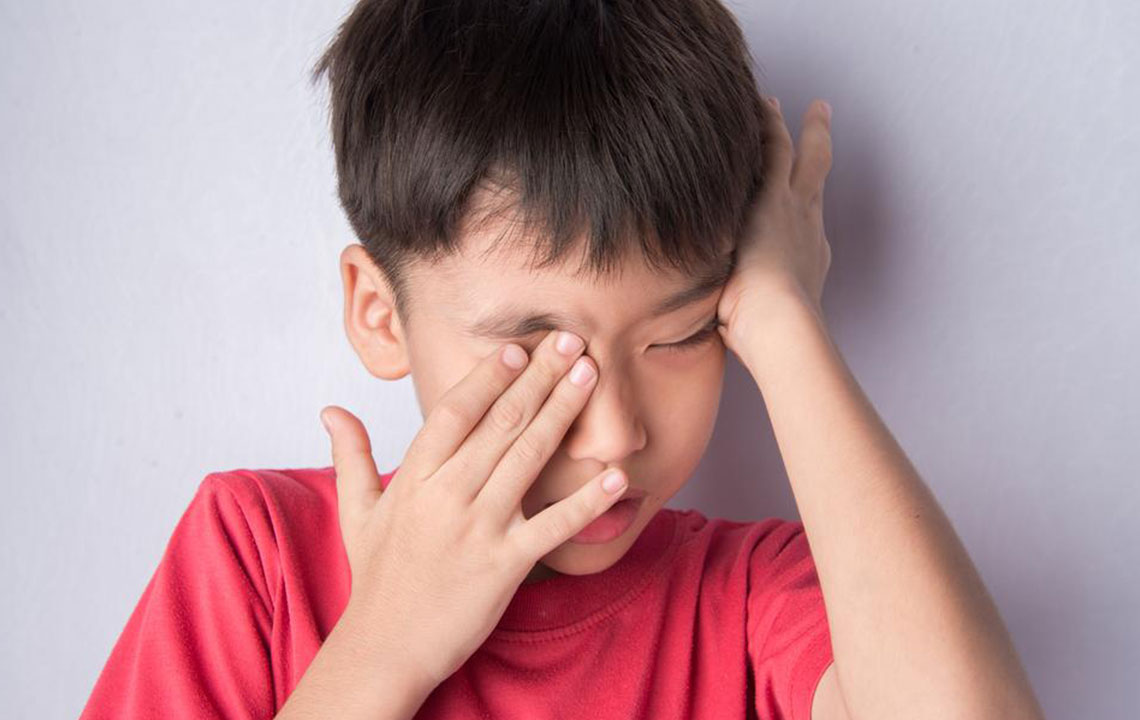Comprehensive Strategies for Effective Dry Eye Management and Relief
This comprehensive article explores effective solutions for managing dry eye disease, including prescription treatments like Restasis, over-the-counter artificial tears, punctal plugs, steroid eye drops, and meibomian gland expression. It emphasizes lifestyle modifications and advanced procedures for long-term relief, providing valuable guidance for individuals suffering from dry eyes. Expert advice and tailored strategies help improve comfort and eye health sustainably.
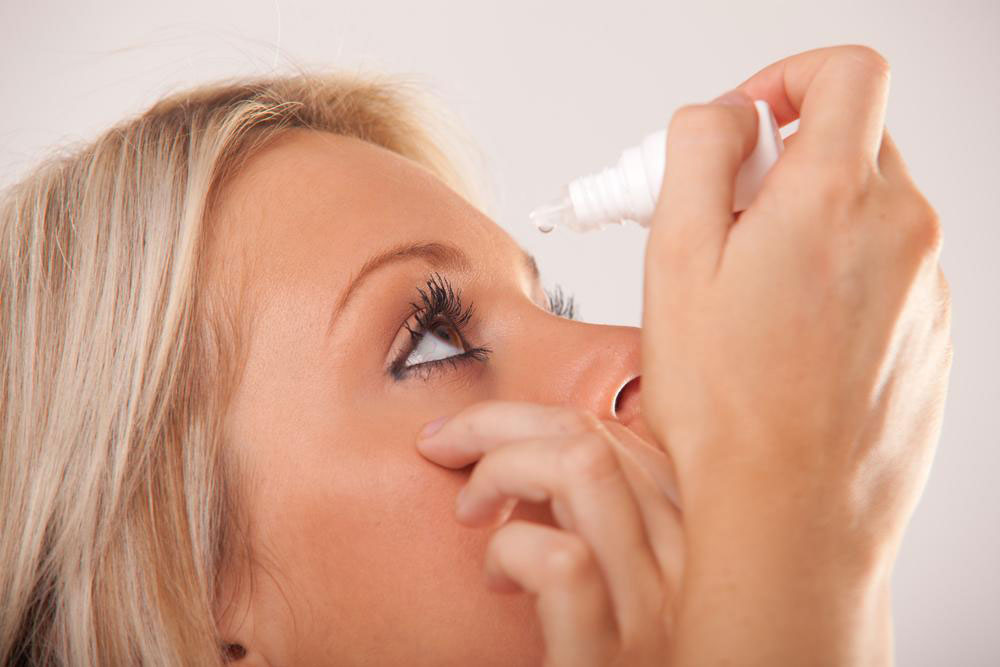
Comprehensive Strategies for Effective Dry Eye Management and Relief
Dry eye syndrome is an increasingly prevalent condition affecting millions worldwide, leading to discomfort, irritation, and sometimes visual disturbances. As an often chronic condition, managing dry eyes effectively requires a multifaceted approach tailored to individual needs. The good news is that numerous treatment options are available, each targeting different underlying causes and severity levels of dry eye symptoms. Whether you experience occasional dryness due to environmental factors or persistent discomfort from chronic dry eye disease, understanding these effective solutions can significantly improve quality of life.
Below, we explore some of the most widely recommended and scientifically supported treatments for dry eye relief, from prescription therapies to lifestyle modifications and procedural interventions. This comprehensive overview aims to empower individuals affected by dry eye syndrome to make informed decisions and find relief that best suits their condition.
Restasis (Cyclosporine Eye Drops)
Restasis is a popular prescription eye drop specifically designed to combat dry eye caused by inflammation. It works by reducing ocular inflammation, which often impairs tear production, and stimulating the eyes' natural ability to produce tears. Typically, patients are advised to use Restasis twice daily, with noticeable improvements in comfort and tear production usually observed after approximately 90 days of consistent application. Restasis is especially beneficial for those with moderate to severe dry eye linked to autoimmune conditions or inflammatory responses. Its long-term benefits include enhanced tear stability and reduced irritation, providing sustained relief for many sufferers.
Artificial Tears and Lubricants
Artificial tears remain the cornerstone of dry eye treatment, especially for mild to moderate cases. These over-the-counter lubricating eye drops mimic natural tears, helping to hydrate the ocular surface and wash away irritants. They come in various formulations, from low-viscosity solutions suitable for frequent use and comfort to thicker gels and ointments that provide longer-lasting lubrication. Artificial tears are particularly helpful in mitigating dryness caused by prolonged screen time, indoor heating, air conditioning, or exposure to wind and dust. Choosing the right type depends on individual dryness severity and comfort preferences, often requiring some trial to find the optimal product for daily use.
Punctal Plugs
For persistent dry eyes unresponsive to topical treatments, punctal plugs can be a highly effective solution. These tiny, sterile silicone or collagen devices are inserted into the tear drainage ducts (puncta) on the inner corners of the eyelids. By blocking tear drainage, punctal plugs help retain natural tears on the eye surface longer, thereby improving hydration and alleviating symptoms. The procedure is minimally invasive, performed in an outpatient setting, and can be either temporary or permanent depending on the type of plug used. Patients often experience immediate relief, especially if their dry eye results from inadequate tear retention or excessive tear drainage.
Steroid Eye Drops
In cases where inflammation significantly contributes to dry eye symptoms, short-term use of steroid eye drops may be prescribed by ophthalmologists. These low-potency corticosteroid drops reduce ocular inflammation and redness rapidly, providing quick symptom relief. However, due to potential side effects like increased intraocular pressure with prolonged use, these steroids are typically recommended for short courses. Patients under steroid treatment should be closely monitored by their eye care professional to prevent complications and ensure the effective management of inflammation-related dry eye.
Meibomian Gland Expression
One of the root causes of dry eye is the dysfunction of meibomian glands—oil-producing glands located in the eyelids that help prevent tear evaporation. When these glands produce insufficient oil, tears evaporate too quickly, leading to dryness and discomfort. Meibomian Gland Expression is a procedure in which the eyelids are gently massaged or pressed to stimulate healthy oil flow. This treatment can be performed manually by an eye care specialist or with specialized devices, providing immediate relief and improving tear film stability. It is particularly effective for patients with Meibomian Gland Dysfunction (MGD), one of the common causes of evaporative dry eye.
Beyond medical treatments, lifestyle adjustments such as blinking more frequently during screen use, maintaining adequate humidity in indoor environments, and taking regular breaks from digital devices can significantly help manage dry eye symptoms. Additionally, eating a balanced diet rich in omega-3 fatty acids has shown promise in supporting eye health. For persistent or severe cases, advanced procedures like LipiFlow or thermal pulsation therapy may be recommended by specialists to unblock blocked glands and restore proper oil secretion.
In summary, managing dry eye disease effectively often requires a combination of treatments and lifestyle modifications. Consulting an ophthalmologist or optometrist to diagnose the specific causes of dry eye and develop a personalized treatment plan is essential for achieving optimal relief and maintaining healthy eyes.
